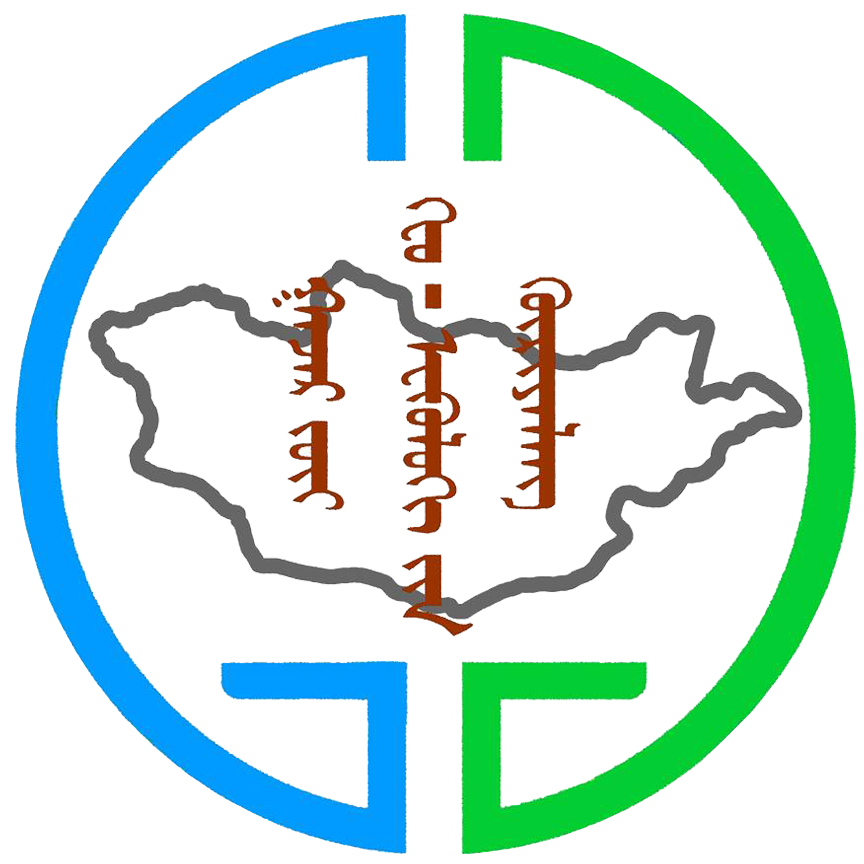Application of Random Forest Approach to ...
URL: https://www.atlantis-press.com/proceedings/estic-21/125962224
The aim of this study is to investigate the application of RS-based vegetation indices to biomass estimation, perform a random forest (RF) classification for estimating biomass and compare the performance of RF method for high resolution and medium resolution images. As data sources, orthorectified QuickBird (QB) and Landsat 8 images acquired over Bornuur soum of Tov province, Mongolia are used. Firstly, the spectral indices were calculated for both images and the correlation between field measured biomass and spectral indices was estimated using partial least square regression. Then, the RF classification was performed to estimate the biomass. For all vegetation indices, VARVI yielded the highest correlation coefficient value for the Landsat data, while SR was considered the highest correlated index for the QB data. For both imageries, G-RVI and VARI were the best vegetation indices to explain the ground biomass. The relationship between the measured biomass and QB derived vegetation indices resulted in an r2 value of 0.337 and RMSE=83.435 g/m2, while the vegetation indices from Landsat performed relatively well in predicting the groundcover with a r2 value of 0.617 and RMSE=50.881 g/m2. This could be explained by the fact that high spatial resolution images have lots of shadows from trees and terrain, resulting in errors for AGB estimation.
There are no views created for this resource yet.
Additional Information
| Field | Value |
|---|---|
| Data last updated | November 3, 2021 |
| Metadata last updated | November 3, 2021 |
| Created | November 3, 2021 |
| Format | unknown |
| License | Бусад (Нээлттэй) |
| created | over 4 years ago |
| id | 1a6c678f-fc30-4b85-ad07-f1d255415ae6 |
| package id | 1b39f5ba-64e3-4cbc-8296-721dfdb2ecfd |
| revision id | 527908ce-c768-46f7-841f-8ba74e5ba86a |
| state | active |
